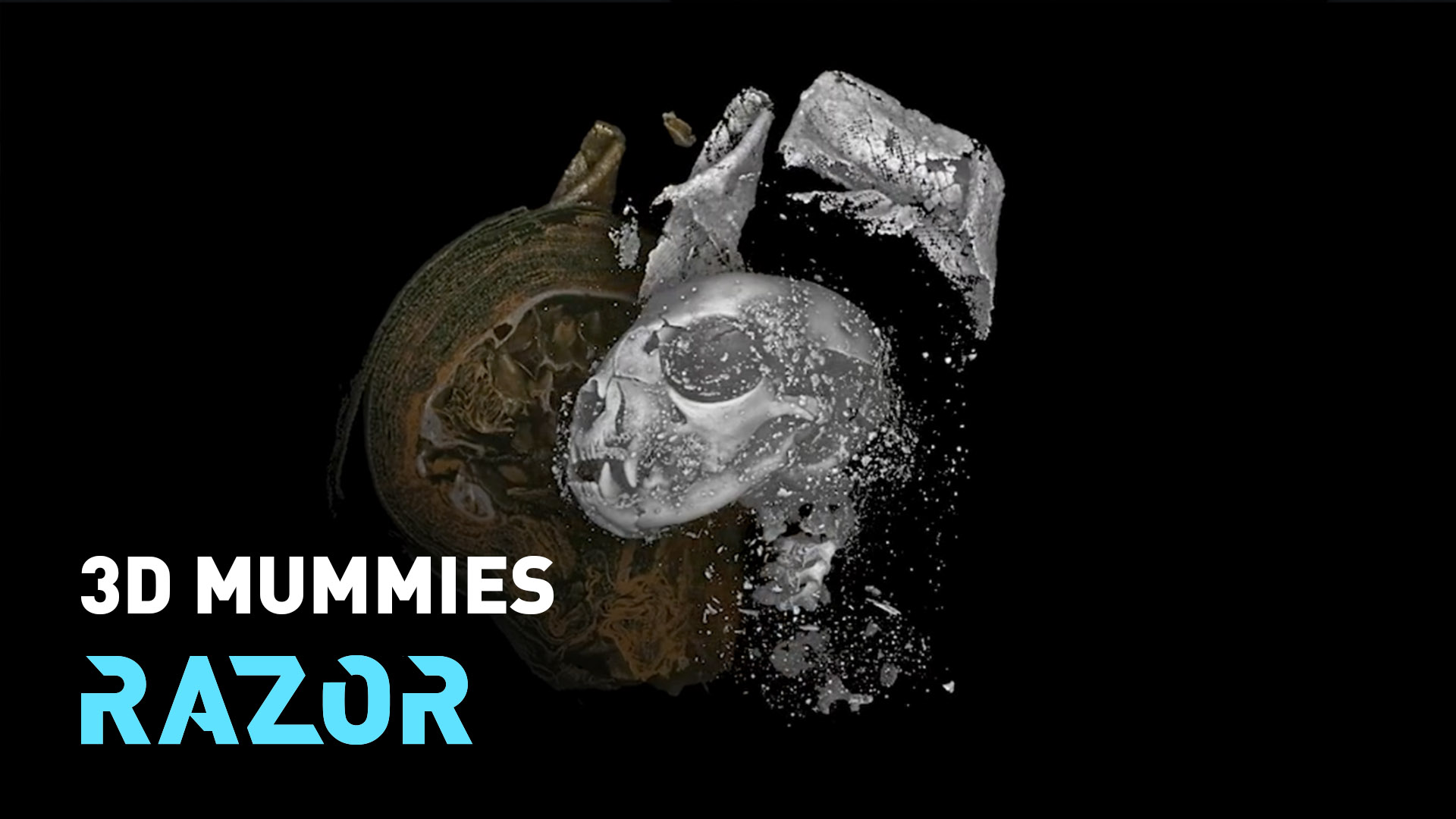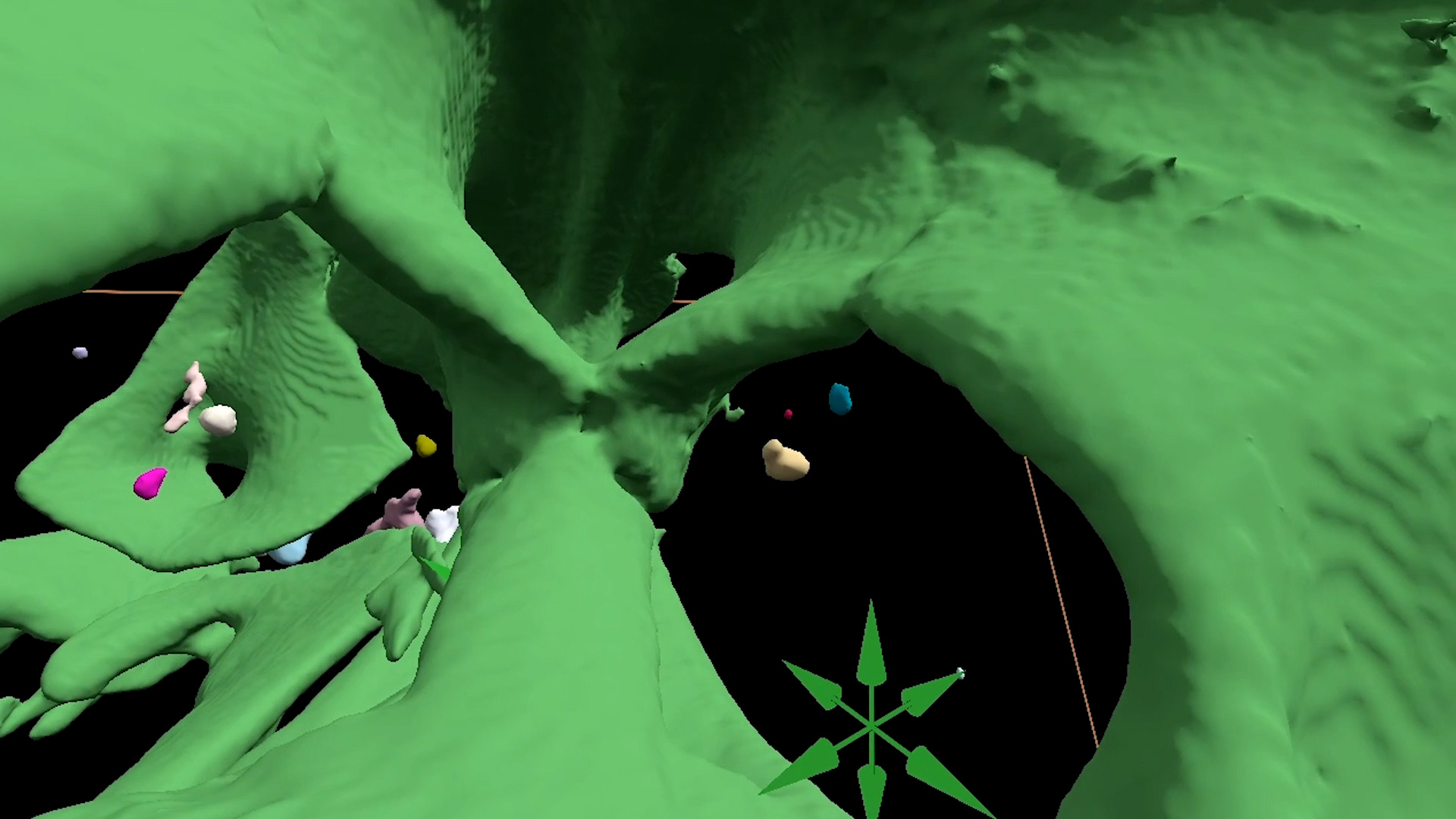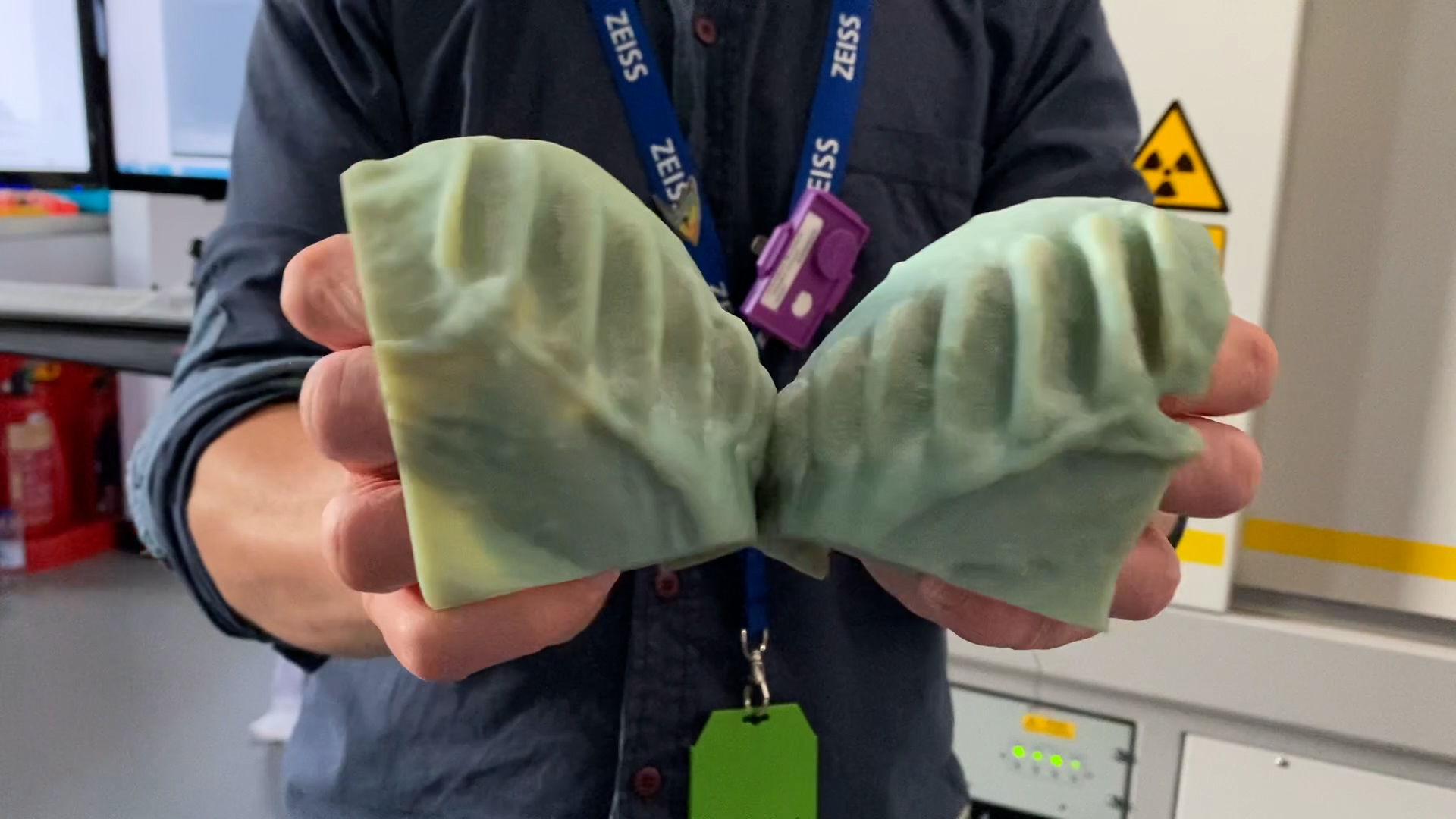06:11

Scientific breakthroughs often happen when scientists draw on the experience of experts from other disciplines. One such collaboration between a mechanical engineer and an Egyptologist has led to innovation through biomimicry.
Richard Johnston, a professor at the Materials Research Centre, Swansea University, has been using an X-ray microtomography machine, similar to a medical CT scanner, to generate 3D images that are 100 times greater in resolution.
Engineers typically use the machine to examine human-made structures or composite materials, but Johnston decided to use the technology to study animal mummy samples.
"This allows the remains of animals to be analysed in extraordinary detail, right down to the smallest bones and teeth," Johnston says.

CLICK: UK PUBLIC CALLS FOR CRACKDOWN ON PET THEFT
Johnston has also been using virtual reality software, enabling him to see animal mummies at a scale that has not been experienced before.
"I'll put myself virtually within the mummified animal," explains Johnston, "essentially making mummified animals as big as my house and I'm effectively touring through that, looking for a fracture or break that we hadn’t seen before when we'd been looking at 3D data on a 2D screen."
The project has shown how dynamic X-ray technology can be and the immersive approach has shone a new light on ancient Egypt.
"We're scanning birds, insects, human tissue. We're looking at lots more than just engineering materials now," Johnston says.

The technology allows a much closer look inside, without unwrapping the ancient mummies. /RAZOR
The technology allows a much closer look inside, without unwrapping the ancient mummies. /RAZOR
Johnston leads a team focusing on bioinspiration, creating powerful images of tiny creatures. The idea of biomimicry is to be able to draw ideas from nature which can have a practical use in mechanical engineering.
"We've been imaging a plant hopper – it was discovered that they have mechanical gears between their legs - we're the first to see them in three dimensions and try to understand their shape, because they don't look like human-designed gears at all.
"So we're trying to understand if evolution has led to an improved gear shape that could be useful for engineering."

The team has been able to produce a giant-sized version of the plant hopper's gear system. /RAZOR
The team has been able to produce a giant-sized version of the plant hopper's gear system. /RAZOR
A close look at the structure of barnacles also suggests nature had come up with a design similar to that used in jet engines. In both cases, the aim was to tolerate extreme conditions.
"It's strange how we see these parallels between nature and engineering – and typically, nature got there first," added Johnston.